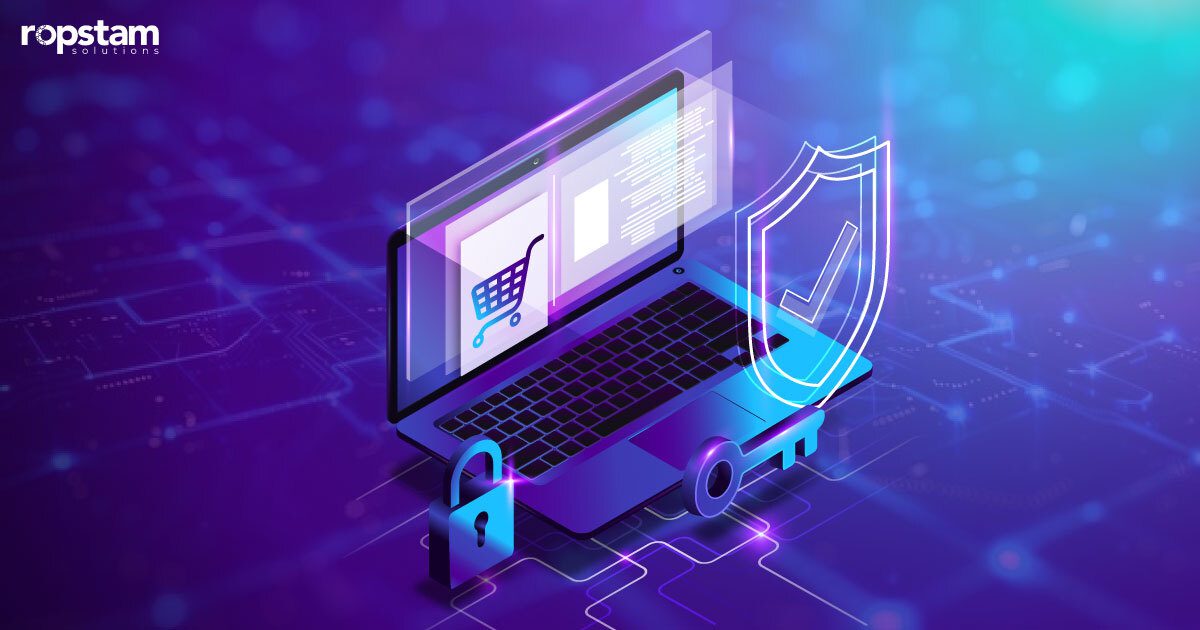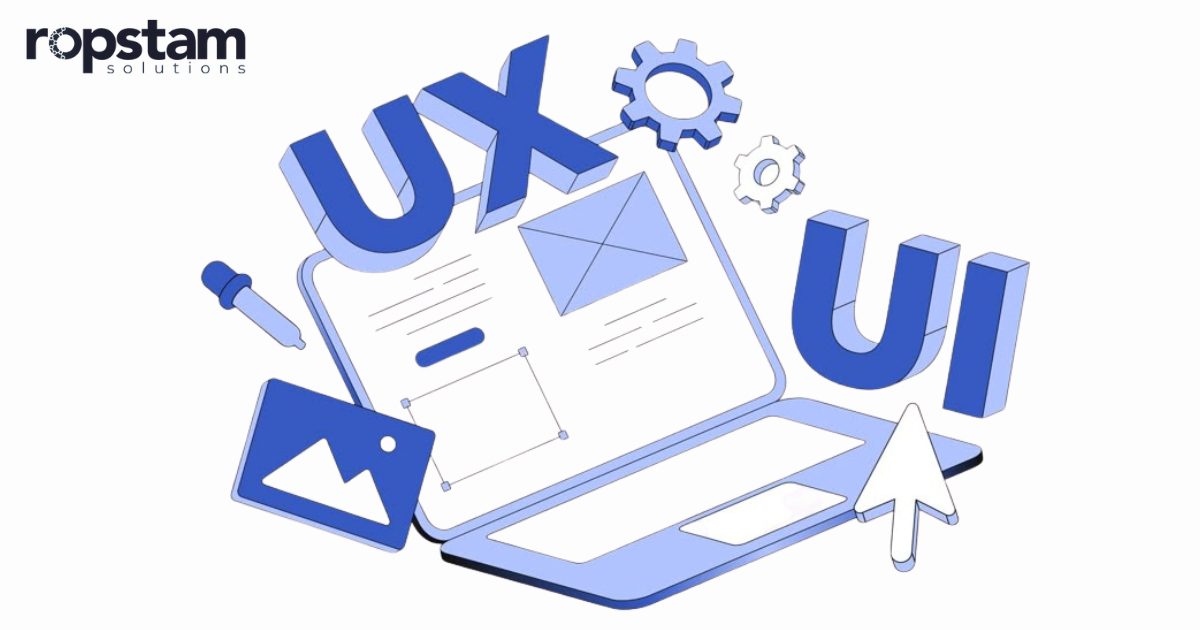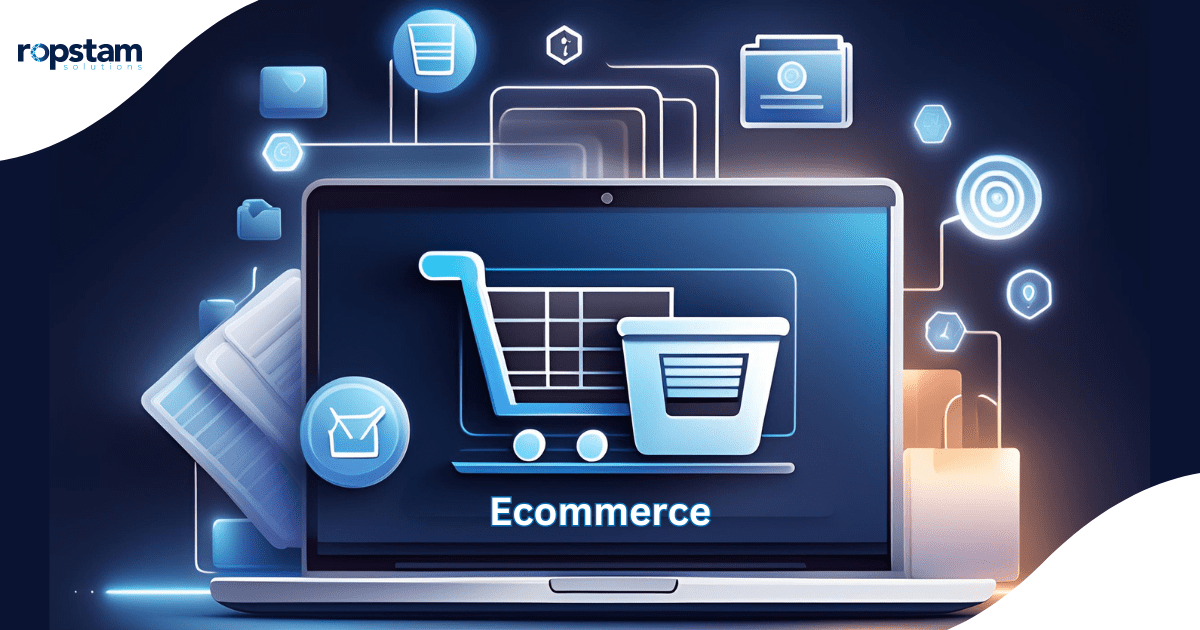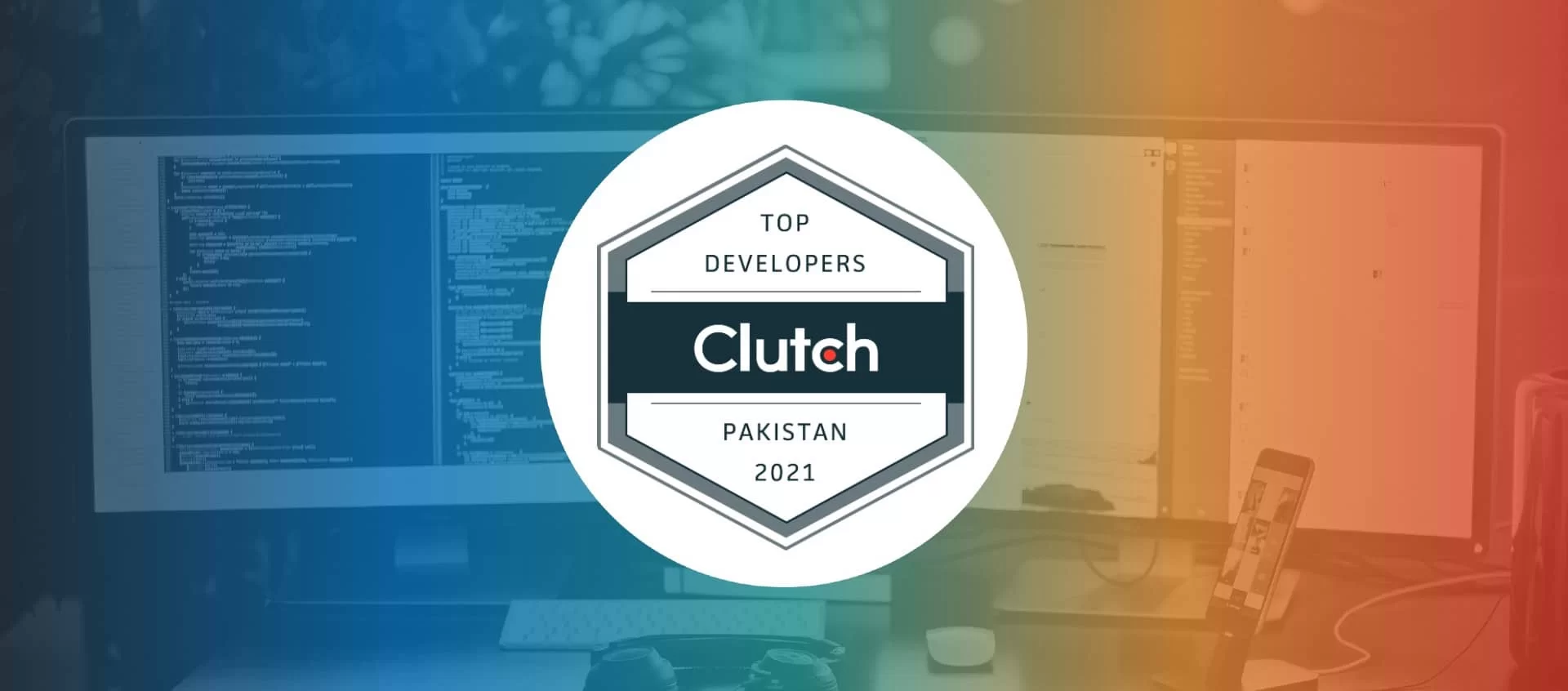With the increasing trend of online shopping, ecommerce stores are becoming the target of cyberattacks with an alarming frequency. As a brand or an organization, it is ultimately your responsibility to protect users’ privacy and confidential information while ensuring the integrity and reputation of your online store.
While many organizations prioritize site security, many more steps can be taken, given that some cyberattacks can be devastating enough to cause a complete shutdown. Here, we have shed a light on most common e-commerce security threats and their solutions in this realm to illustrate the importance of securing your websites.
Types of ecommerce security threats
There are different types of ecommerce security threats and frauds that exist. It is important to be aware of these issues as they can significantly affect your online business and ruin the user experience for your customers.
As an online store owner based on an ecommerce framework like Shopify, it is of utmost importance to identify common security threats to prevent any security incident. Utilizing the expertise of our Shopify developers, we have compiled a list of threats to help you stay ahead of attackers:
Financial fraud
Here are the financial frauds that you must be aware of:
1. Chargeback fraud
This kind of fraud takes place when customers dispute legitimate transactions, forcing the merchant to refund the charge and pay additional fees to the credit card company. This can happen when fraudsters obtain unauthorized credit cards and make purchases or when they hack into a merchant’s system and modify transaction details to be fraudulent.
Impact:
For online businesses, chargeback fraud can be devastating. It leads to direct financial losses, including the cost of the refunded items and fees imposed by the credit card company.
However, the damage extends beyond just the immediate financial impact. High chargeback rates can result in a merchant account being shut down by payment processors, preventing the business from accepting any more payments. This can force a company to close its doors permanently. Additionally, chargeback fraud erodes customer trust in the e-commerce platform, potentially driving away future sales.
2. Account takeover
Account takeover occurs once hackers gain unauthorized access to a customer or vendor account on an e-commerce site. This tactic is achieved through techniques like phishing, where the attacker tricks the account holder into revealing their login credentials, or credential stuffing, where large databases of stolen credentials are automatically tested against other accounts until a match is found.
Impact:
An account takeover can have severe consequences for an online business. It can result in unauthorized purchases and fraudulent transactions, causing significant financial losses.
Additionally, account takeovers can lead to the exposure of sensitive customer data, damaging the company’s reputation and potentially resulting in regulatory fines. The loss of customer trust is particularly damaging for subscription-based businesses or those with loyal repeat customers.
3. Credit card skimming
Credit card skimming involves infecting an e-commerce website with malicious code that captures credit card information as customers enter it into forms on the site.
Impact:
The immediate result of a credit card skimming attack is the theft of customer credit card data. This can lead to significant financial losses for the business as well as damage to its reputation. The cost of investigating the breach coupled with notifying customers, and implementing additional security measures, can be substantial.
Social engineering:
The following are social engineering security threats that e-commerce business owners must be aware of:
1. Phishing
Phishing is a lethal social engineering attack leveraged by cybercriminals to trick individuals into revealing sensitive information like login credentials, etc.
This is often done through deceptive emails or text messages that appear to be from a trusted source, such as a bank or online service provider. In such an attack, the threat actors try their best to lure the victim into clicking on a malicious link or downloading a fraudulent attachment.
Impact:
For e-commerce businesses, phishing attacks can have devastating consequences. If an attacker gains access to an administrative account, they can take over the entire website, modify listings, steal customer data, or redirect purchases to fraudulent sites.
Moreover, even if the attack targets customer accounts, the impact can be significant, leading to a complete breakdown in trust. A large-scale phishing attack can even lead to the compromise of thousands of accounts that can result in financial losses and damage to the business’s reputation.
2. Baiting
Baiting is a social engineering tactic where cybercriminals create a convincing offer or incentive to entice victims to visit a malicious website or download a harmful file. The goal is to trick the user into revealing sensitive information or installing malware that can be used for further attacks.
It is pertinent to mention that teaching employees and customers to be wary about offers that are too good to be true is the best form of defense against such social engineering attacks.
Impact:
Baiting attacks can result in the installation of malware on customers’ or employees’ devices, which can have disastrous consequences for both online sellers and buyers. This can lead to the theft of sensitive data, unauthorized transactions, or even the takeover of other accounts. The permanent loss of customer trust can be substantial as well, particularly if the attack is widely publicized.
Network-based attack:
Here is the list of network-based attacks that are designed to trick customers visiting an online e-commerce store:
1. Man-in-the-middle attack
In a man-in-the-middle (MITM) attack, the attacker intercepts communication between a customer and an e-commerce website to steal sensitive information like credit card details or login credentials. This is often achieved through techniques like exploiting unsecured Wi-Fi networks or using malware to compromise a user’s device.
Impact:
An MITM attack can cause substantial, and sometimes irrecoverable, financial losses to online retailers due to fraudulent purchases and unauthorized access to customer accounts.
2. DDoS attack
A distributed denial-of-service (DDoS) attack involves flooding an e-commerce website with traffic or requests in an attempt to overwhelm its servers and make it unavailable to legitimate users.
Impact:
The immediate result of a DDoS attack is downtime for the website, which can lead to lost sales and damage to the business’s reputation. The longer the site remains inaccessible, the greater the financial impact. Even after the attack is mitigated, customers may be hesitant to return if the site remains unstable. Smaller businesses can be particularly hard hit, as they may not have the resources to absorb such an attack.
3. SQL injection
SQL injection is a technique where attackers exploit vulnerabilities in an e-commerce website’s database to inject malicious SQL code. This allows them to gain unauthorized access to sensitive data, modify records, or even take over the entire database.
Impact:
The consequences of an SQL injection attack can be severe for an online business. The exposure of customer details, financial information, and other confidential data can result in massive financial losses due to identity theft and fraud. The damage to the company’s reputation is often irreparable. Regulatory fines and legal costs can also be prohibitive.
Malware:
It is important for e-commerce store owners should protect themselves from the following malware or malicious software:
1. Ransomware
Ransomware is a type of malware that encrypts a company’s data, rendering it inaccessible. The attackers then demand a ransom, typically in the form of cryptocurrency, to restore access.
Impact:
For e-commerce businesses, a ransomware attack can be devastating. The inability to access critical systems and customer data can result in prolonged downtime, lost sales, and damage to the company’s reputation. The financial cost of the ransom and potential recovery efforts can be catastrophic. Even if the ransom is paid, there’s often no guarantee that the attackers will actually restore access.
2. Keylogger
A keylogger is basically a type of malicious software with the potential to record the keys pressed on an infected device with the goal of capturing sensitive information like login credentials and credit card numbers.
Impact:
If a keylogger ends up on a customer’s device, it can lead to the unauthorized access of sensitive accounts and financial information. This can result in fraudulent transactions and identity theft. For an e-commerce business, in particular, this can lead to substantial financial losses and damage to the customer’s trust in the platform.
Other attacks:
Additional attacks that are dangerous for e-commerce websites are as follows:
1. Data breach
In a successful data breach, unauthorized individuals gain access to sensitive information stored on a company’s servers or databases. Such attacks can happen through various means, such as exploiting vulnerabilities in the system, guessing or cracking passwords, or social engineering tactics like phishing.
Impact:
For e-commerce businesses, a data breach can be particularly catastrophic. The exposure of customer details, including names, addresses, credit card numbers, and login credentials, can result in massive financial losses due to fraudulent transactions and identity theft.
The damage to the company’s reputation is often long-lasting, and it can be difficult to rebuild trust with customers. Regulatory fines and legal costs can also be substantial.
2. Brute force attack
This is a type of aggressive cyberattack that involves an attacker trying many different combinations of usernames and passwords in an attempt to gain unauthorized access to an account.
Impact:
When successful, a brute force attack can result in a complete or partial takeover of customer or administrative accounts. The consequences are fraudulent transactions, unauthorized changes to the website, and the exposure of sensitive customer data. The damage to the business’s reputation can be substantial, particularly if the attack gains widespread attention, which is often the case more likely than not.
Ecommerce security solutions
While the aforementioned e-commerce cyberattacks can cause enormous financial and reputational damage, luckily, there are methods to prevent them. With the recent developments, it is also possible to use AI for securing your ecommerce website.
With these fraud detection strategies and solutions, you can enhance your brand’s reputation and conversion rate by ensuring robust security of your online store.
- Secure payment gateway
- Install HTTP certificates
- Antivirus software
- Ensure backup data
- Employee’s training
- Track network traffic
- Ecommerce security plugins
- Encrypt critical data
- Multi-factor authentication
- Prevent unauthorized access
1. Secure payment gateway
A secure payment gateway is essential for protecting customer data during transactions. It encrypts sensitive information like credit card numbers as it travels between the customer’s browser and the e-commerce site’s server. This prevents it from being intercepted by hackers.
Using a reputable payment gateway provider that specializes in e-commerce security significantly reduces the likelihood of data breaches. It also simplifies the process of complying with PCI DSS standards, which are required for any business that handles credit card payments. This leads to fewer security incidents and less regulatory scrutiny.
2. Install HTTPS certificates
HTTPS certificates create an encrypted connection between a website and its visitors, ensuring that any data transmitted, such as login credentials or personal details, cannot be intercepted by third parties.
Installing an HTTPS certificate is crucial for building trust with customers. Browsers display a padlock icon and “https://” in the address bar to signal a secure connection, which reassures shoppers that their information will be handled safely. This leads to higher conversion rates and customer loyalty.
3. Antivirus software
Antivirus software detects and removes malware from devices and networks. It’s essential for protecting both the e-commerce site and any systems used by employees.
Regularly updating and running antivirus software on all devices and servers reduces the risk of malware infections that could lead to data breaches or the compromise of customer accounts.
4. Ensure data backup
Regularly backing up data is crucial for e-commerce businesses. In the event of a system failure, cyberattack, or accidental deletion, having current backups allows the business to quickly restore operations and minimize downtime.
5. Employee training
Humans are, more often than not, the weakest link in an e-commerce site’s security. They may inadvertently introduce malware through phishing emails or make mistakes that leave systems vulnerable.
Regular security awareness training for all employees helps them recognize common threats and understand best practices for safe online behavior. This includes creating strong passwords, avoiding clicking on suspicious links, and keeping systems updated.
6. Track network traffic
Network traffic Monitoring is a critical part of security awareness as it allows businesses to detect unusual activity or patterns that could indicate an ongoing attack. This includes both incoming traffic (attempts to breach the system) and outgoing traffic (data being exfiltrated).
7. E-commerce security plugins
There are a number of ecommerce APIs and plugins for security available for e-commerce platforms that add extra layers of protection. These can help block common attacks like SQL injection and cross-site scripting (XSS). While plugins can’t replace comprehensive security measures, they provide an additional line of defense that can make it harder for attackers to exploit points.
8. Encrypt critical data
Encryption is the process of converting sensitive data (like credit card numbers or customer lists) into a code that can only be read with a decryption key. It is recommended to encrypt the data to ensure that any sensitive communication remains useless for threat actors even in case of a data breach.
9. Multi-factor authentication
Having a second line of defense can prove to be the difference between a successful cyberattack and the protection of your sensitive data. Multi-factor authentication (MFA) requires users to provide two or more pieces of evidence to prove their identity before gaining access to an e-commerce site or sensitive data.
This could be something the user knows (like a password), something they have (like a smartphone), or something they are (like a biometric scan). Many online platforms now offer MFA as an optional feature, and it’s worth enabling wherever possible.
10. Prevent unauthorized access
Controlling access to both the e-commerce site and backend systems is pivotal for maintaining security. This includes limiting the number of individuals who have administrative privileges and using strong, unique credentials for each user.
Implementing robust access control measures like two-factor authentication, limiting login attempts, and using IP whitelisting for remote access points helps prevent both accidental and intentional unauthorized access.
Similarly, you can use a fraud detection software for ecommerce stores to stay ahead of the attackers and further enhance the security of your websites.
Why is ecommerce security significant?
With e-commerce sales skyrocketing to 15.5% of total retail in 2020 and expected to grow exponentially, the stakes for secure online transactions have never been higher. Cyber threats to e-commerce can take many forms, ranging from deliberate attacks by malicious actors to unintentional vulnerabilities exploited by opportunists.
According to Statista, e-commerce enterprises lost a staggering $41 billion to online payment fraud in 2022. This underscores the critical importance of robust cybersecurity measures in protecting both businesses and customers in the digital marketplace.
Choose Ropstam Solutions for secure e-commerce website development
Giving due importance to protecting online data in the ever-evolving world of Ecommerce is not optional anymore; it is necessary. This blog illustrates the importance of Ecommerce site security, encompassing the methods that can help prevent cyber-attacks.
With the number of cyberattacks on the rise, thwarting potential attacks as an online store must be your topmost priority. Lucky for you, Ropstam Solutions boasts an impeccable record with years of experience and a team of Shopify developers skilled in adhering to required practices for secure ecommerce website development. Get in touch with us today, and let us create a stunning ecommerce site for you.














